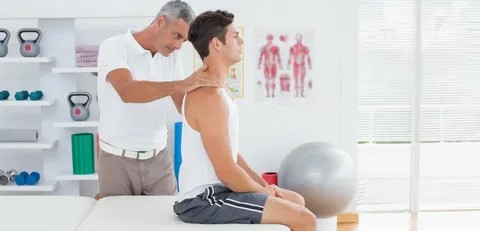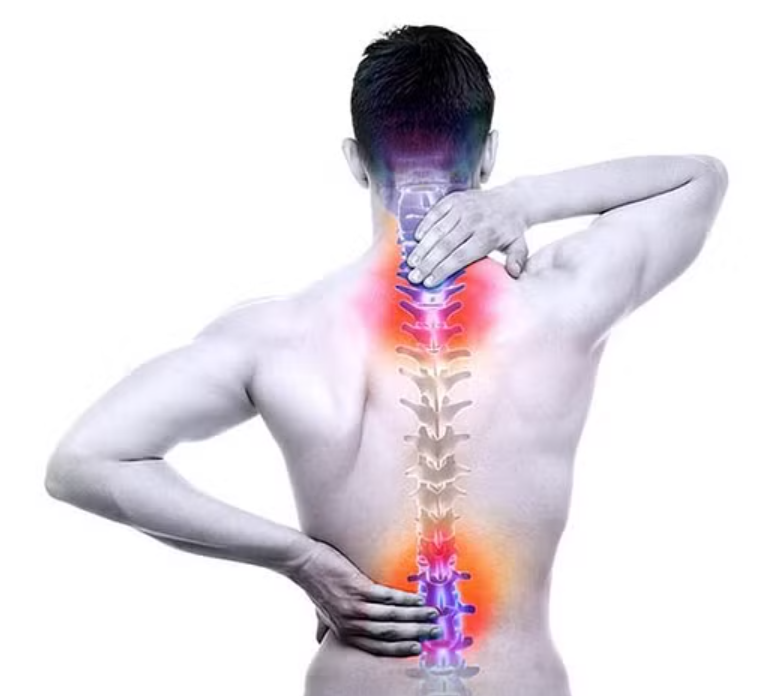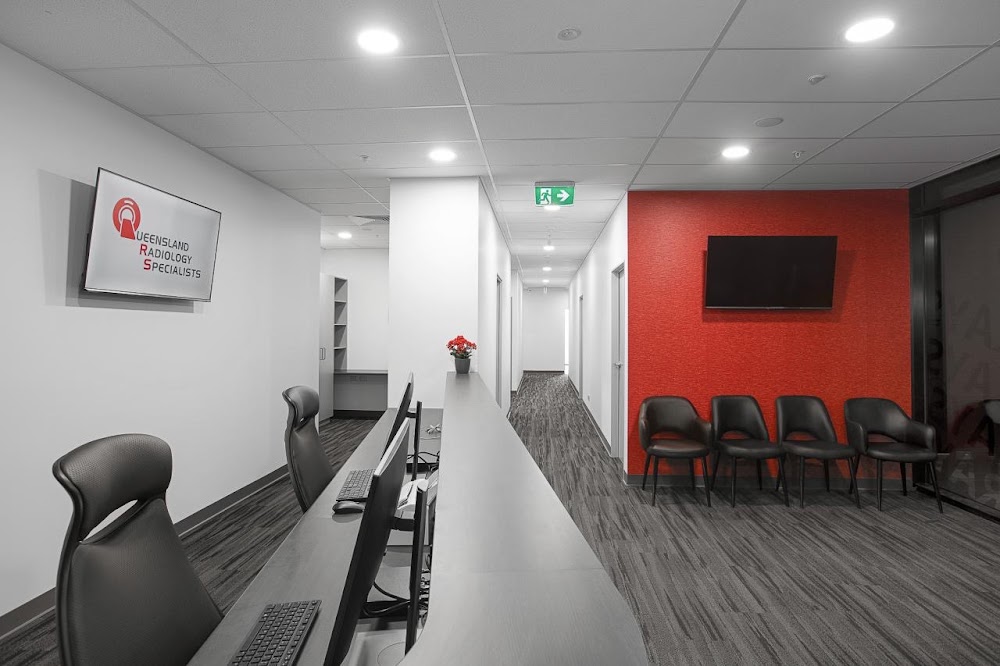Good posture is essential for overall health, yet many people suffer from postural imbalances due to sedentary lifestyles, poor movement habits, or injuries. These imbalances can lead to chronic pain, joint dysfunction, and an increased risk of injury. Neuromuscular Re-Education (NMR) is a specialized approach used in physical therapy to retrain the body’s movement patterns, enhance postural alignment, and prevent injuries. This article explores how NMR can improve posture and reduce the likelihood of musculoskeletal issues.
Understanding Neuromuscular Re-Education
Neuromuscular Re-Education is a therapeutic technique that focuses on retraining the connection between the nervous system and muscles. The goal is to correct faulty movement patterns that contribute to poor posture and injuries. By using specific exercises and manual therapy techniques, NMR helps restore muscle balance, coordination, and motor control, allowing the body to function more efficiently.
The Role of Neuromuscular Re-Education in Postural Correction
Identifying Faulty Movement Patterns
Poor posture often develops due to muscle imbalances, weak stabilizing muscles, and improper movement habits. Neuromuscular Re-Education begins with a thorough assessment to identify these dysfunctions. Common postural issues include:
- Forward head posture
- Rounded shoulders
- Anterior pelvic tilt
- Uneven weight distribution
By pinpointing the underlying causes, physical therapists create customized plans to retrain movement patterns and correct imbalances.
Strengthening Core and Postural Stabilizers
The core muscles—including the abdominals, lower back, and pelvic floor—play a crucial role in maintaining proper posture. Weakness in these muscles can lead to compensatory movements that strain the spine and joints. NMR targets these stabilizing muscles, helping individuals develop better posture and spinal alignment through controlled exercises and functional training.
Improving Balance and Proprioception
Postural stability relies on proprioception, the body’s ability to sense its position in space. Many individuals with postural issues have impaired proprioception, leading to instability and inefficient movement. Neuromuscular Re-Education enhances proprioceptive awareness through balance training, resistance exercises, and functional movement patterns, allowing individuals to maintain correct posture naturally.
Injury Prevention Through Neuromuscular Re-Education
Reducing Strain on Joints and Muscles
Poor posture places excessive stress on muscles and joints, increasing the risk of chronic pain and injuries. Misalignments in the spine or pelvis can lead to compensatory movement patterns, where certain muscles overwork while others become weak. NMR helps restore proper alignment, reducing unnecessary strain and preventing overuse injuries.
Preventing Overuse Injuries and Chronic Pain
Many common injuries—such as lower back pain, neck pain, and knee discomfort—stem from improper posture. Neuromuscular Re-Education corrects muscle imbalances and joint dysfunctions, decreasing the likelihood of developing these conditions. By promoting optimal biomechanics, NMR helps individuals move efficiently and pain-free.
Enhancing Body Awareness to Avoid Movement Compensations
Individuals with poor posture often develop compensatory movement patterns, where the body adapts to limitations by shifting stress to different muscles or joints. Over time, this leads to musculoskeletal strain and dysfunction. NMR focuses on retraining these movement patterns, ensuring that the body moves in a balanced and coordinated manner to prevent future injuries.
Techniques Used in Neuromuscular Re-Education for Posture
Neuromuscular Re-Education incorporates a variety of manual therapy and exercise techniques to enhance postural control and prevent injuries. These may include:
- Postural correction exercises: Training the muscles to maintain proper alignment.
- Manual therapy: Hands-on techniques to release muscle tension and improve mobility.
- Muscle activation techniques: Stimulating underactive muscles to restore balance.
- Functional movement training: Teaching proper movement mechanics in daily activities.
- Balance and stability exercises: Enhancing proprioception and coordination.
Who Can Benefit from Neuromuscular Re-Education?
Neuromuscular Re-Education is beneficial for a wide range of individuals, including:
- Office workers who experience postural strain from prolonged sitting.
- Athletes seeking to enhance performance and prevent injuries.
- Individuals recovering from injuries who need to correct compensatory movement patterns.
- Seniors looking to improve balance and prevent falls.
Conclusion
Neuromuscular Re-Education is a powerful tool for improving posture, muscle function, and injury prevention. By addressing faulty movement patterns and strengthening the body’s stabilizing muscles, NMR helps individuals achieve optimal alignment and long-term health. If you struggle with postural issues or recurring injuries, seeking professional guidance from Heavenly Touch Physical Therapy can help you regain control of your movement and well-being.











Leave a Reply